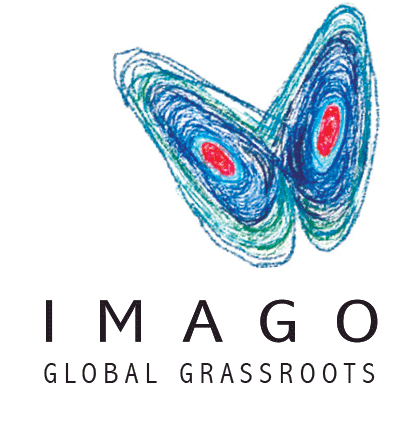Listening is Key
- juanito811
- 30 jun 2015
- 2 Min. de lectura
Esther talked about empowering women in Kenya. Ricardo focused on the need to use the community forests of Oaxaca, Mexico, to improve the livelihoods of the locals. Smita explained how SEWA has helped women move out of poverty in India. Lucy described the problems El Salvador is facing and how her organization aims to help the youth to start businesses of their own, as a means to prevent violence. Asif commented on the importance of including the donors and foundations in the conversation.
This is only a snapshot of what happened yesterday during the workshop “Delivery Challenges at the Base of the Pyramid” organized by IMAGOGG together with the Global Delivery Initiative (GDI), and Research for Development (R4D).
The room was packed with practitioners, academics and professionals working in foundations, development banks, and innovation labs. We were forty people together discussing about needs and problems of implementation at the grassroots level. The aim of the meeting was to share experiences, and focus on the HOW, on what happens along the delivery process that makes some programs successful and others not so much.
After ten amazing presentations from the grassroots’ representatives, we divided in groups to discuss the Development and the Delivery Challenges that each organization faces, particularly when scaling up. The Development Challenge is, as defined by GDI, “the pressing issues that countries face, which, if resolved, would significantly contribute to ending poverty and enhancing the quality of life of their citizens (e.g. access to clean water)”; while the Delivery Challenge is “the non-technical problems that hinder development interventions and that prevent countries and staff from translating technical solutions into results on the ground.” When focusing on implementation, replies varied from challenges that were related to regulatory issues and political will to the need to empower communities to help them understand that they have within them the capacity to promote and delivery change. It wasn’t always easy to define or distinguish the different challenges, but it was a very useful exercise to help grassroots – and all of us around them – to stop and reflect about their work in development.
We talked also about how grassroots face problems that are so similar in many ways, and yet "best practices" should be taken with consideration and studied in detail. It’s hard for example to compare an organization like BRAC – the biggest NGO in the world – that works daily delivering services to 135 million people in Bangladesh, to smaller-scale organizations that are just starting to be, or simply will never become as big. Is scaling up a mere matter of getting more memebers? Can scaling up be an improvement of quality service? Is scaling up something that all organizations go through? How? There are no trivial answers here, but this was precisely the beauty of the work, the opportunity to have a secure space to discuss these issues; and the chance to listen to the grassroots, as that’s where the development agenda should start. That’s the only certainty, and IMAGO’s main approach to working with the development world.
By the time the clock ticked 6pm it seemed as the conversation had just started, but this was only the start of a new journey, and I’m already looking forward to see what results from this fantastic day.
Lucila Arboleya




















Comentarios